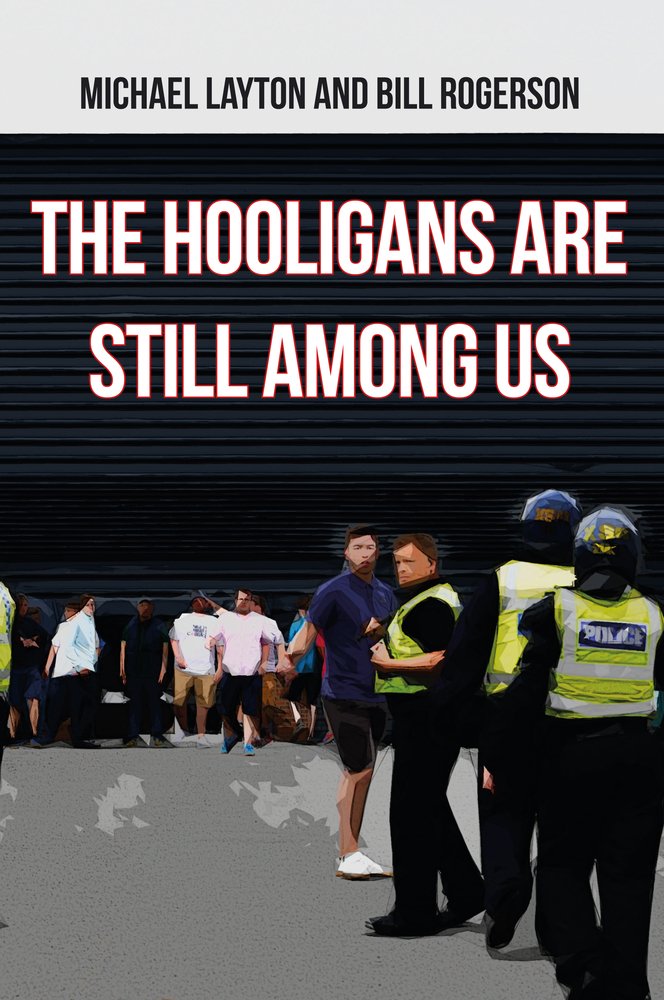Book Review: The Hooligans Are Still Among Us by Michael Layton and Bill Rogerson

Books about football hooliganism by those involved in it has become an industry in itself, so to get to read and review a title offering a view from the side of the police is a welcome change. Authors Michael Layton and Bill Rogerson can rightly speak from years of experience with long careers in the British Transport Police, having witnessed at first-hand ‘action’ on the frontline.
One interesting thing to note from the off when reading this book is the title. The Hooligans Are Still Among Us is emblazoned across the front cover, and appears to stand as a statement or fact, that this is the current situation. This seems slightly at odds then with the Foreword from Paul Robb QPM in which he asks the reader, Are the hooligans still amongst us? If this is one of the purposes of the book in posing the question and then the content providing evidence one way or another, would it not make sense for the book title to have been in the form of a question rather than a statement?
Over the various chapters the authors cover the early years of hooliganism and the rise of what has become describe as the ‘English disease’ from the 1960s, before focusing on events in the 2015/16 season and the 2016 European Championship Finals in France.
The 2015/16 campaign is detailed through various accounts from officers on duty and records of disturbances up and down the country on trains, stations and stadiums in the chapters, Hooligans on the Move and Disorder on the Streets and at Stadiums. The sheer volume of the reports indicates that the issue of hooliganism is still with us, but the chronological detailing can come across as a rather dry read at times.
Given this book was published in 2017, it was interesting to read about the issue with Russians hooligans in the Euros a year earlier and the concern that at the 2018 World Cup, there would be a serious problems. However, as we know the tournament passed off without major incident and the organised gangs seen in France were not in evidence.
The later chapters then move onto issues such as racism and sectarianism, a look at the more infamous firms and the change in policing methods as the fight to combat hooliganism continues. As with some of the earlier content, the outline details of the Clubs with notorious hooligans becomes rather listee and are so brief that one wonders what purpose they actually achieve. It would perhaps have been more interesting to read more detail about the future and the issues at non-league level as those banned from the professional game take advantage of games with next to no policing and limited stewarding, further down the football pyramid.
As someone who regularly attends football up and down the country and allied to the reported incidents during the current season (2018/19), it is apparent that whilst there are not the issues in the grounds that pervaded at the height of the problem back in the day, hooliganism is still with us.